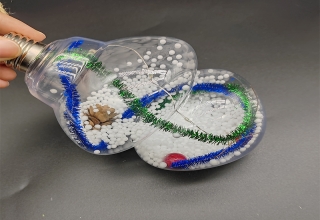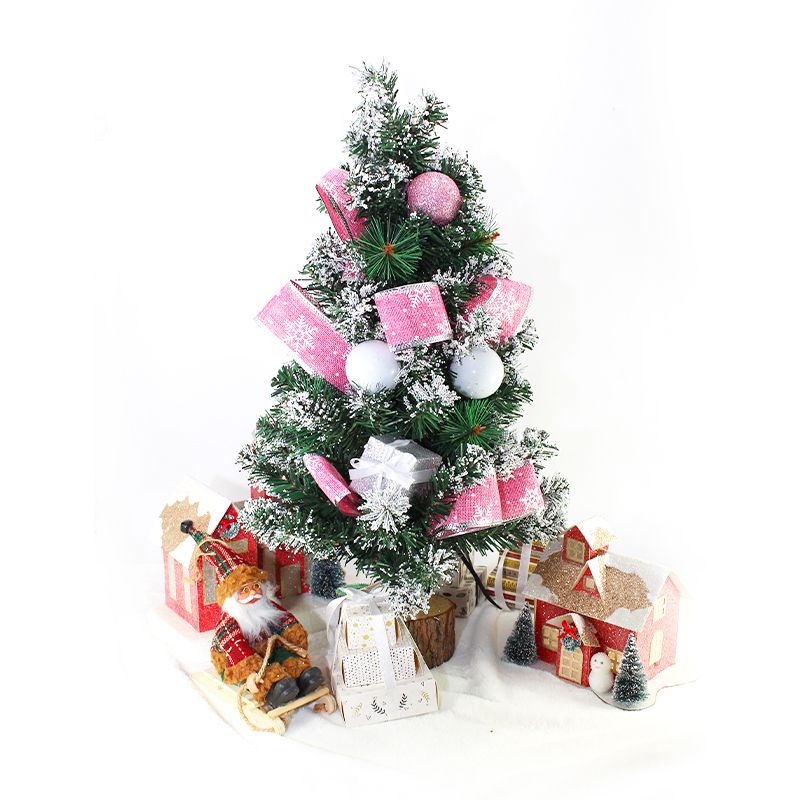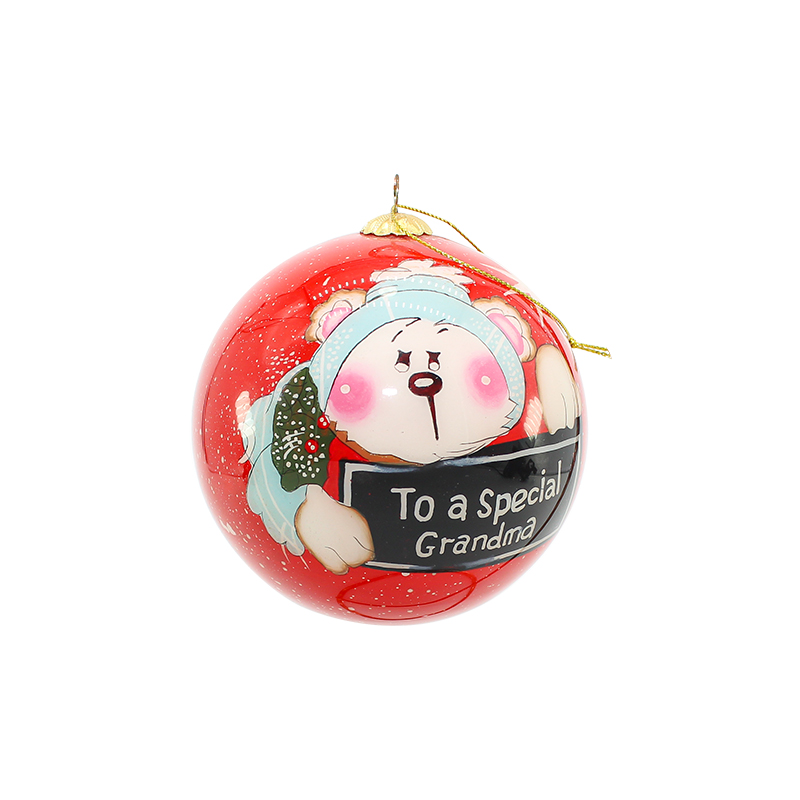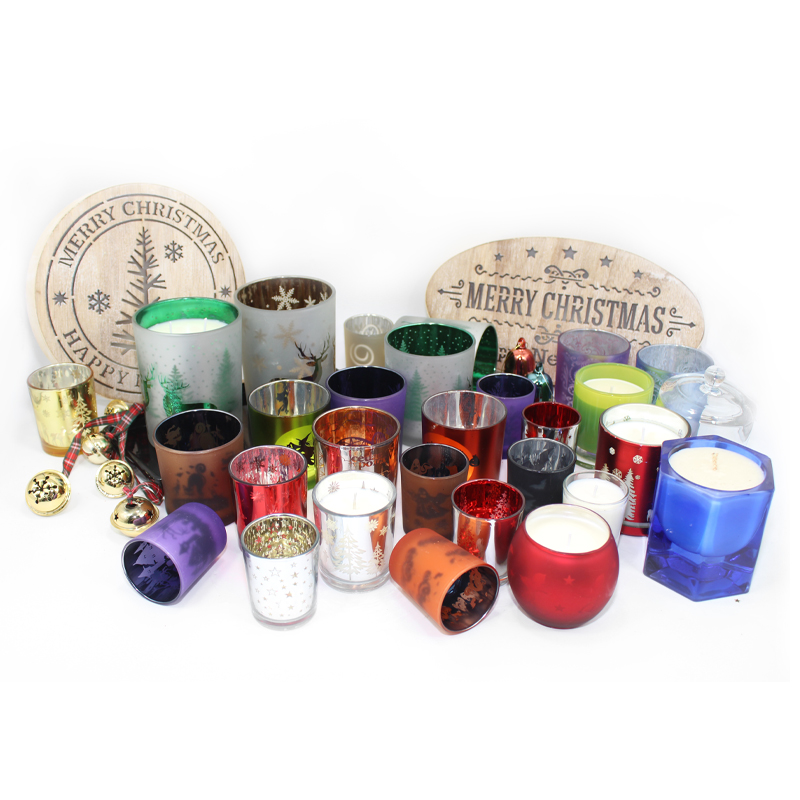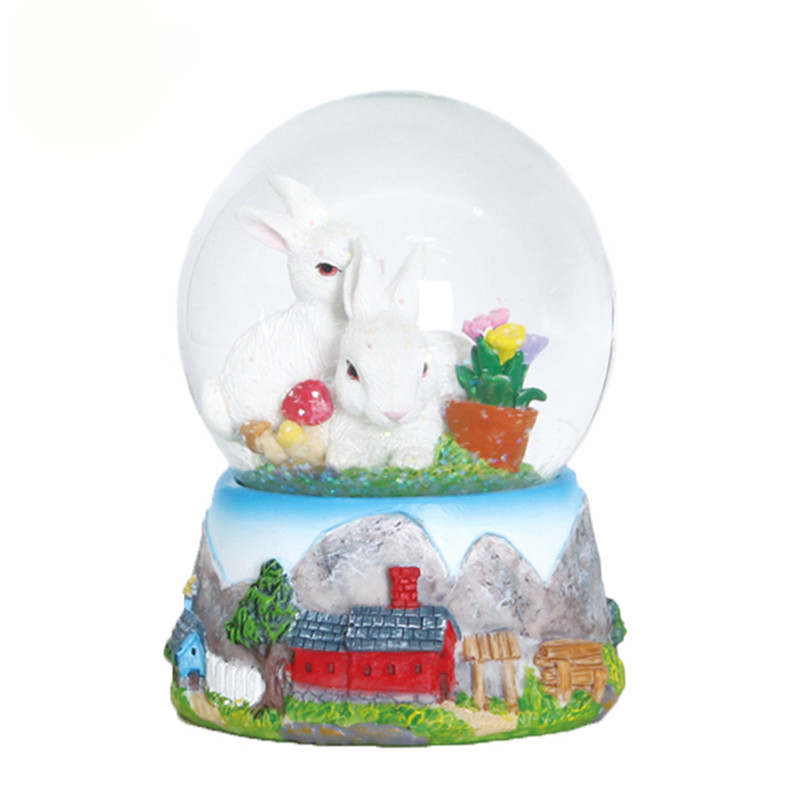News Center
In corporate events, Christmas trees play a vital role in creating a festive atmosphere. For B2B clients, purchasing the right Christmas tree requires a comprehensive consideration of various factors, including materials, sizes, and prices. This guide will delve into these dimensions in detail, helping businesses make informed procurement decisions.
I. Material Comparison: Natural vs. Artificial Christmas Trees
(A) Natural Christmas Trees
Natural Christmas trees are made from real trees, exuding a unique natural charm and a strong festive ambiance. Common varieties include spruce, fir, and pine. Different types vary in tree shape, foliage density, and aroma. For instance, spruces are tall and slender with relatively sparse branches, giving off a fresh woody scent; firs have dense foliage and a full shape, with a rich and long-lasting fragrance; pines feature distinctive needle textures and a resinous aroma.
The advantages of natural Christmas trees lie in their authenticity, which brings the most genuine Christmas atmosphere to the event venue. Their natural fragrance also provides a sense of relaxation and pleasure. Additionally, after use, natural trees can be disposed of environmentally, such as being shredded into fertilizer, aligning with the concept of green sustainability. However, they have several drawbacks. Firstly, their lifespan is short, usually around 2 - 3 weeks. Regular watering is needed to keep the foliage fresh; otherwise, wilting and shedding will occur. Secondly, their sizes and shapes are relatively fixed, limiting customization options and potentially failing to meet specific design requirements. Moreover, they may carry pests and diseases, necessitating careful prevention during transportation and placement.
(B) Artificial Christmas Trees
Artificial Christmas trees are crafted from synthetic materials, mainly PVC (polyvinyl chloride) and PE (polyethylene).
1. PVC Material
PVC is one of the most commonly used materials for artificial Christmas trees. It is cost-effective and highly malleable, enabling the creation of trees in diverse shapes and sizes. The branches and leaves of PVC trees are typically molded, resulting in a smooth surface and vibrant colors. Nevertheless, PVC trees lack the softness and natural feel of real trees, with stiff foliage. Besides, harmful substances like vinyl chloride monomers may be released during PVC production, posing potential health risks. However, with technological advancements, many high-quality PVC artificial Christmas trees on the market now meet environmental standards, ensuring the content of harmful substances is within safe limits.
2. PE Material
PE artificial Christmas trees are a relatively new product, offering a texture closer to that of natural trees. PE has excellent flexibility and elasticity, allowing branches and leaves to be bent and adjusted freely, creating a more natural appearance. PE trees are usually manufactured using injection molding, presenting detailed features such as pine needle textures and branch bifurcations. Additionally, they are more durable, resistant to fading and deformation, and can be reused for many years. Their main drawback, though, is the higher cost, which is significantly more than that of PVC trees.
(C) Material Selection Recommendations
If a corporate event emphasizes a natural and authentic Christmas atmosphere and has a short duration (about two weeks), natural Christmas trees are a good choice. But pay attention to proper ventilation and humidity control at the venue to extend their lifespan. For long-term use or when specific shapes and sizes are required, artificial Christmas trees are preferable. When choosing artificial trees, PVC trees can meet basic needs on a tight budget, while PE trees are the top pick for high-end events or long-term displays due to their superior quality and realistic appearance.
II. Size Selection: Rational Planning Based on Venue Space
(A) Venue Space Assessment
Before purchasing a Christmas tree, businesses should conduct a detailed assessment of the event venue, including its height, width, length, and layout. For example, in spacious areas like shopping mall atriums or hotel lobbies, larger Christmas trees can be selected to create a spectacular visual impact. In contrast, in smaller spaces such as offices or small conference rooms, smaller trees are more suitable to avoid overcrowding and ensure smooth event operations.
(B) Size Parameter Reference
The size of a Christmas tree is mainly determined by its height and base diameter. Generally, the tree height should be selected according to the venue height, with a recommended clearance of at least 50 cm between the tree top and the ceiling to prevent a cramped feeling. For instance, in a venue with a 3-meter ceiling, a 2 - 2.5-meter-tall Christmas tree would be appropriate. The base diameter needs to consider the venue width and placement location, ensuring sufficient space for people to move around. Common sizes include 1.2 meters, 1.5 meters, 1.8 meters, 2.1 meters, 2.4 meters, 3 meters, and above.
(C) Layout and Coordination Techniques
Beyond the venue's physical size, the layout and coordination of the Christmas tree are equally important. In open spaces, a single large Christmas tree can serve as the focal point, complemented by small decorations like fairy lights, gift boxes, and Christmas stockings to create a hierarchical festive atmosphere. In venues with multiple areas or requiring dispersed decorations, a combination of different-sized trees can add variety. For example, place a large tree at the main entrance and smaller ones in corners or corridors. Also, consider the coordination between the Christmas tree and other venue facilities and decorations, such as lighting, stages, and display racks, to achieve an aesthetically pleasing overall layout.
III. Price Analysis: Cost Considerations for Different Materials and Sizes
(A) Prices of Natural Christmas Trees
The prices of natural Christmas trees are influenced by factors such as variety, height, and tree age. Typically, common varieties like spruce and pine are more affordable, while premium varieties like fir are more expensive. For a 1.8-meter-tall natural Christmas tree, a spruce may cost around
200−
300, while a fir could be priced at
500−
800. As the height increases, so does the price. A 3-meter-tall natural tree usually ranges from
1000−
2000. Moreover, prices are affected by seasonality and origin. During the Christmas peak season, prices may rise, and imported natural trees are generally more expensive than domestic ones.
(B) Prices of Artificial Christmas Trees
The prices of artificial Christmas trees depend on materials, craftsmanship, size, and brand. PVC artificial trees are budget-friendly, with a 1.8-meter-tall ordinary PVC tree costing about
100−
300, ideal for cost-conscious businesses. High-quality PVC trees, which use more eco-friendly materials and refined craftsmanship, are priced slightly higher, around
300−
600. PE artificial trees are more expensive, with a 1.8-meter-tall PE tree usually priced at
500−
1000 and a 3-meter-tall one potentially reaching
2000−
3000 or more. Well-known brand artificial trees command a 20% - 50% premium due to their reliable quality and unique designs.
(C) Cost-effectiveness Analysis
From a long-term perspective, artificial Christmas trees offer better cost-effectiveness. Despite the higher upfront cost, they can be reused for many years, reducing the average annual expense. In contrast, natural trees need to be repurchased annually, resulting in higher long-term costs, and require additional maintenance efforts. For short-term festive events, businesses can choose natural trees or cost-effective PVC artificial trees according to their budgets. For long-term brand displays or events that demand high-quality festive atmospheres, investing in high-quality PE artificial trees is more advisable.
IV. Comprehensive Considerations for Procurement Decisions
(A) Clarify Requirements
Before purchasing a Christmas tree, businesses should define the event's positioning, goals, and budget. Is it a short-term promotional event or a long-term brand display? What is the budget? Answering these questions will help determine the appropriate material, size, and price range of the Christmas tree.
(B) Supplier Selection
Choosing a reliable supplier is crucial for ensuring product quality and service. Businesses can find suitable suppliers through market research, word-of-mouth referrals, and online platforms. When selecting a supplier, check their certificates, product quality inspection reports, and understand their after-sales service policies, such as return and exchange terms and warranty periods. For artificial Christmas trees, request samples to inspect the materials and craftsmanship in person.
(C) Advance Planning
The Christmas season is the peak procurement period for Christmas trees, which may affect supplier inventory and logistics. Therefore, businesses should plan their purchases in advance to avoid shortages or price hikes near Christmas. Generally, purchasing 1 - 2 months in advance provides more options and may secure discounts.
(D) Environmental Protection and Safety
During the procurement process, businesses should pay attention to the environmental and safety aspects of Christmas trees. For natural trees, choose products from legal forest farms that have been quarantined to prevent pests and diseases. For artificial trees, select those with environmental certifications and free from harmful substances. Especially in crowded places, ensure that the materials of the Christmas tree are flame-retardant and meet fire safety standards.
In conclusion, when procuring Christmas trees, businesses need to comprehensively consider materials, sizes, prices, and other factors, and make choices that best suit their event needs and budgets. Through rational procurement decisions, not only can a strong Christmas atmosphere be created, but also cost-effectiveness can be maximized. It is hoped that this guide will provide valuable references for B2B clients in their Christmas tree procurement.

